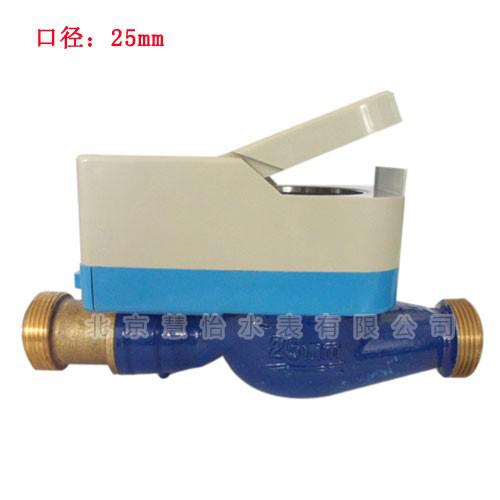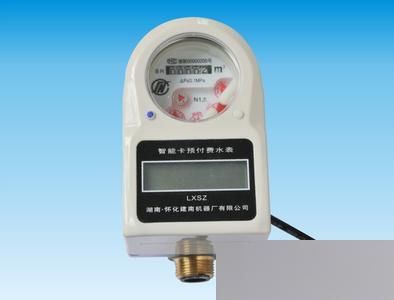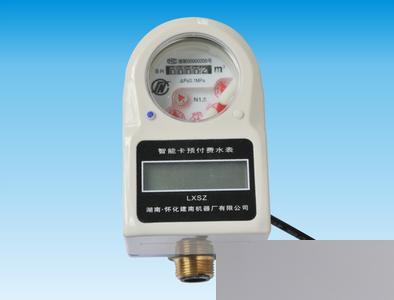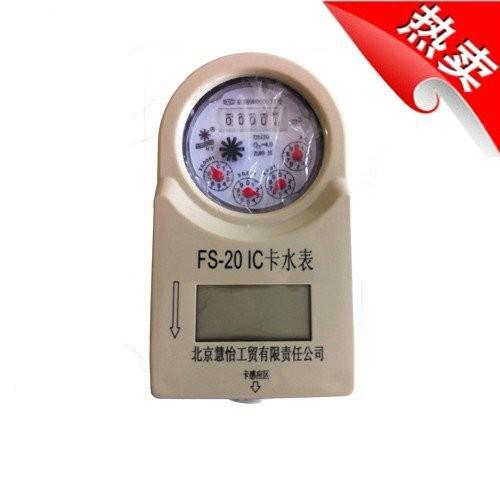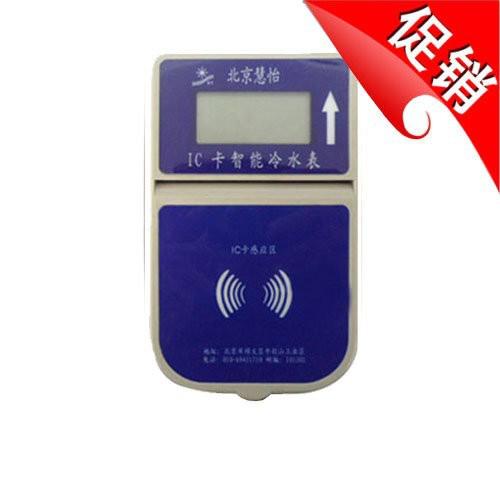Low temperatures affect residents' normal water usage and have worried many households. How to do a good job in preventing freezing and keeping warm for water meters and pipes in the cold winter season? Water meters in winter also need to be “dressed warmly”; in case of freezing, warm water can be poured over them.
In the cold winter season, first, insulation measures should be taken for outdoor water meters, dressing them in several “layers” using materials such as cotton linen fabric and plastic foam for wrapping and insulation. For indoor water meters, windows in the kitchen, bathroom, and shaded areas should be closed at night to ensure indoor temperatures remain above 0 degrees. When room temperature is below 0 degrees, slightly open the tap at night to allow a small flow of water, preventing freezing overnight. If the water meter is not used for a long time, it is recommended to apply for a suspension of water supply and drain the water from the meter and the pipes behind it.
Additionally, for outdoor pipes, wrap the pipes and valves with insulating materials such as cotton cloth, ensuring the wrapping material stays dry and is tightly wrapped, then use plastic bags (film) or plastic tape to secure it. It is strictly prohibited to pour water or snow into outdoor meter pits. If freezing of the water meter or pipes is discovered, first wrap the tap with a warm towel and pour warm water over it to thaw the tap. Then open the tap and slowly pour warm water along the tap towards the pipe to thaw it. If there is still no water flow where the meter is being thawed, it indicates that the water meter is also frozen, and at this time, a warm towel should be wrapped around the water meter and warm water not exceeding 60 degrees should be poured over it. Do not use boiling water or fire to thaw as this can cause thermal expansion and contraction, leading to burst pipes and damage to water facilities.
Benefits of water meters
Consumers insert their issued rechargeable user cards into the radio frequency water meter, which automatically determines whether the card is valid and whether there is a balance in the wallet. If the card is valid and has a balance, the water meter can be used. If the card is invalid or unauthorized, an alarm will sound, and the water meter cannot be used.
2) When consumers need water or electricity, they simply press the start button on the water meter, and the water/electricity control device will immediately release water or supply electricity, and billing will begin, deducting the amount from the wallet. The water meter displays the consumption amount.
3) When consumers need to pause water or electricity usage, they just press the stop button on the water meter, and the water/electricity control device will immediately cut off water or electricity, stopping both billing and deductions. Pressing the start button again will resume water/electricity supply and billing deductions.
4) After use, when consumers remove their user card from the water meter, the water/electricity control device will immediately cut off water or electricity, stopping both billing and deductions. Additionally, the start button will be disabled until the next card insertion.
5) If the balance in the wallet of the user card is exhausted, the water/electricity control device will immediately cut off water or electricity, the button will be disabled, and both billing and deductions will stop. The balance must be transferred to the wallet before usage can continue.




